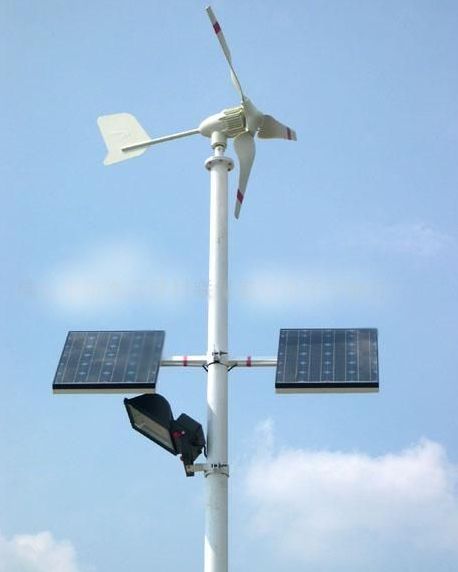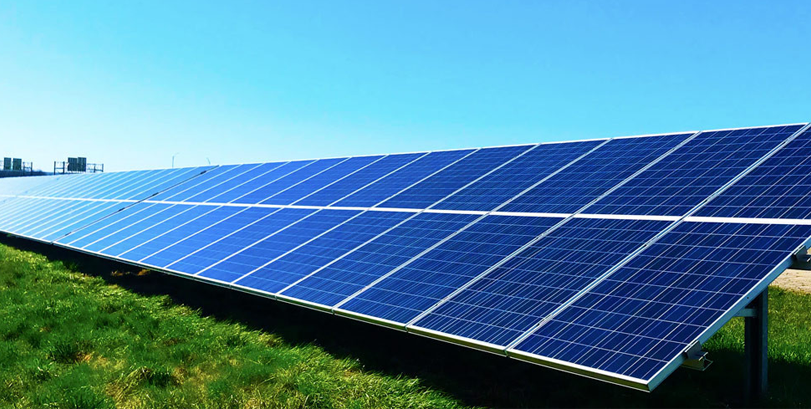KEMA – Optimal Distributed Power Generation Under Network-Load Constraints #SWI2010
Leading authority in energy consulting and testing & certification. A global, leading authority in energy consulting and testing & certification, active throughout the entire energy value-chain – in a world of increasing demand for energy, KEMA has a major role to play in ensuring the availability, reliability, sustainability, and profitability of energy and related products and processes. KEMA combines unique expertise and facilities, in order to add value to our customers in the field of risk, performance, and quality management. With more than 2,000 people, operating from 20 countries around the globe, we are committed to offering reliable, sustainable, and practical solutions. We understand and recognize the technical consequences of a business decision, as well as the business consequences of a technical decision. Innovative technology has been our starting point for more than 80 years. That is our experience you can trust.
Problem description
Electrical power grids are becoming increasingly complex. The customer used to be solely a power-consumer, whereas nowadays more and more customers are becoming power-producers, mainly because of the development of novel components for decentral power generation (solar panels, small wind turbines, and heat pumps). And in the near future, decentral energy buffering is expected to become important due to the growth of the electric car market.
These developments pose many interesting questions to grid operators and electricity producers. To what extent is the current power infrastructure suited for the addition of this kind of energy-producing components? Or, at which locations should the infrastructure be reinforced to handle placements of additional components? What is the peak power that is produced by these components, as a function of time, day of the week, season, etc.? What kinds of correlations exist between the yields of multiple components of the same type, which are, for instance, installed at different geographical locations? For example, if the sun is shining in a particular street, then it is likely that the sun shines in all streets in the vicinity. And what about correlations in power production between different types of components, e.g. between solar panels and wind turbines, day versus night, seasonally?

KEMA addresses these types of questions and advises grid operators and energy producers. Although the problem is clearly complex, for the SWI we will focus on the following question.
The transmission of power in each segment of an electrical power network can be determined through a load flow analysis according to Ohm’s and Kirchhoff’s laws. Solving these algebraic equations can be computationally involved. In particular, simulating many alternative configurations (due to proposed placements of additional decentral power-generating components in various locations of an existing power network, in order to assess the impact of such placements) is prohibitively complex.
Given an existing power grid, we would like to have a method that can quickly determine how many units of each type (solar panel, small wind turbine or heat pump) can be inserted into any transmission line in the network, such that under given distributions on the typical production and consumption, the maximum loads on the lines and components will not be exceeded, or if exceeded, to what degree and for what length of time this is likely to happen.
As input, we will provide the operating characteristics and statistics of the three types of components, the load-flow parameters of a model power grid of a neighborhood of a fictitious town, and typical usage data.
Depending on the progress during the week, the problem can be extended by incorporating more parameters into the analysis, adding optimization criteria, or determining necessary network reinforcement.

